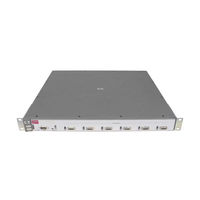HP ProCurve 5372x1 Manuals
Manuals and User Guides for HP ProCurve 5372x1. We have 1 HP ProCurve 5372x1 manual available for free PDF download: Access Security Manual
Advertisement
Advertisement
